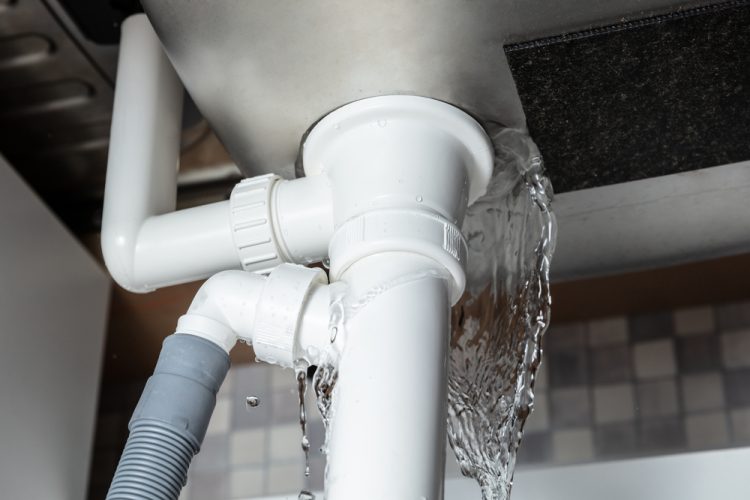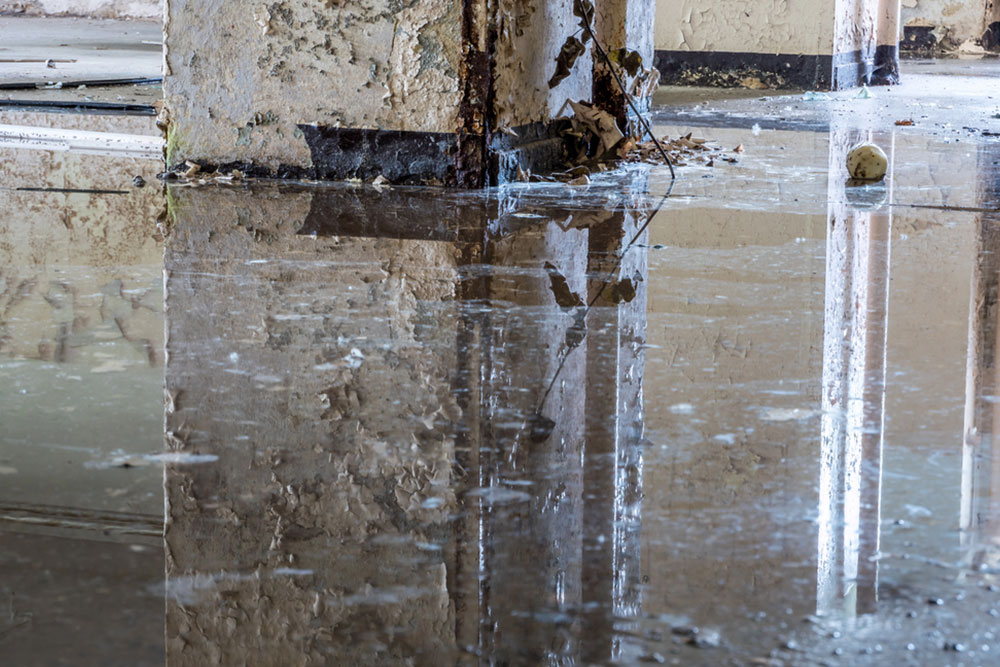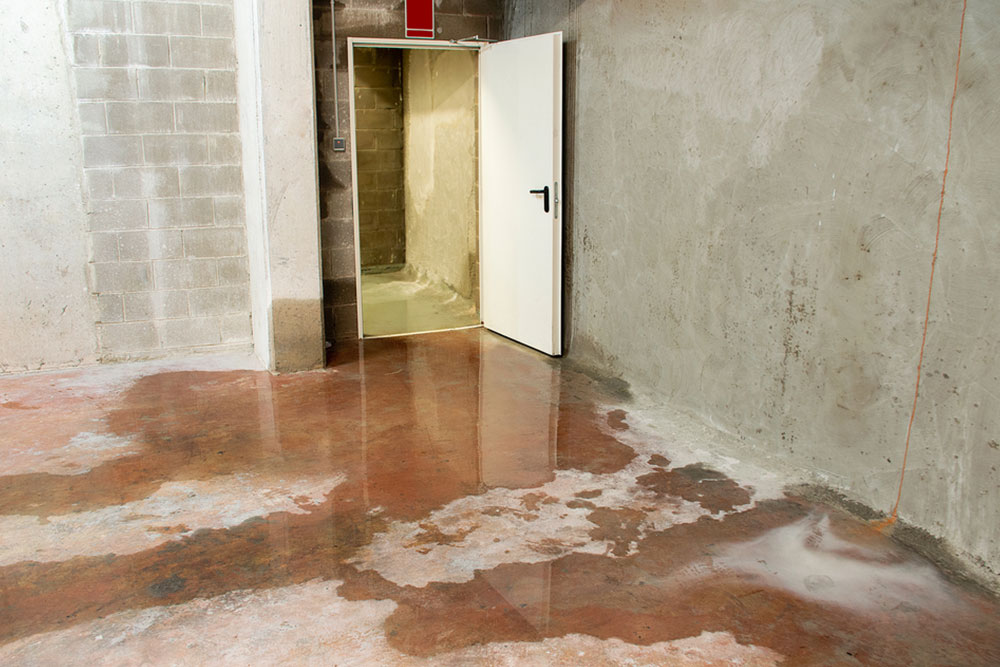How To Repair Plumbing Leaks At Home And When To Call A Professional
Book today with Z PLUMBERZ of North America.
Homeowners and business owners understand the frustration and potential damage a plumbing leak causes to their properties, demanding swift action to prevent further issues and costly repairs. Water damage from undetected leaks weakens building structures, fosters mold growth, and inflates utility bills, significantly impacting both comfort and finances.
Addressing plumbing leaks promptly safeguards your investment and maintains a healthy living or working environment. Discover how to repair plumbing leaks today.

Identify the Source of the Plumbing Leak
Pinpointing the exact origin of a water leak is the first and most important step in effectively addressing the problem. This requires careful inspection of pipes, fixtures, and connections. Homeowners should check under sinks, around toilets, along exposed pipes in basements or crawl spaces, and near water-using appliances for any signs of moisture. Small drips sometimes originate from loose fittings, while larger leaks may indicate pipe corrosion or damage, demanding a thorough examination.
Careful observation often reveals subtle clues about the leak’s source, such as discolored walls or ceilings, damp spots on floors, or the sound of dripping water even when fixtures are not in use. Running water briefly and observing where moisture appears first helps narrow down the location of the problem, allowing for a more targeted repair approach. Identifying the source accurately saves time and effort in the long run.
Turn Off Water Supply Before Starting Repairs
Before attempting any plumbing repairs, locating and shutting off the main water supply to the affected area or the entire property becomes absolutely necessary for safety and to prevent flooding. Most homes feature a main shut-off valve typically found in the basement, garage, or near the water meter, and knowing its location beforehand proves beneficial during emergencies. Turning this valve clockwise until the water flow stops completely prevents further water damage during the repair process.
For localized leaks, individual shut-off valves often exist directly beneath sinks, behind toilets, and near other fixtures, offering a more convenient way to isolate the water supply. Testing the faucet or fixture after turning off the valve confirms that the water supply has indeed ceased, ensuring a dry and safe working environment for conducting repairs. This simple precaution minimizes the risk of significant water damage and makes the repair process much more manageable.
Gather Essential Tools for DIY Leak Repairs
Successful DIY plumbing leak repairs often rely on having the right tools readily available, allowing homeowners to address common issues efficiently. A basic plumbing toolkit should include pipe wrenches for tightening or loosening fittings, adjustable wrenches for various nut sizes, and a plunger for clearing minor clogs that sometimes mimic leaks. Teflon tape helps create watertight seals on threaded connections, while pipe clamps offer a temporary fix for small pinhole leaks in pipes.
Depending on the type of leak, additional tools like a basin wrench for faucet repairs, a screwdriver set, and possibly a pipe cutter and flux for more involved pipe repairs might be necessary. Having these essential tools on hand saves time and prevents interruptions during the repair process, enabling homeowners to tackle minor plumbing issues with confidence. Investing in a basic plumbing toolkit proves a wise decision for every homeowner.
Fix Minor Leaks With Pipe Tape or Epoxy
Small pinhole leaks or cracks in straight pipe sections sometimes receive a temporary yet effective fix using specialized pipe repair tape or epoxy compounds. Pipe repair tape, often made of self-fusing silicone, stretches and wraps tightly around the leak, creating a watertight seal that can last for some time. Epoxy putties, on the other hand, mix together and harden into a durable, non-shrinking material that bonds to the pipe surface, effectively plugging minor holes and cracks.
Homeowners must ensure the pipe surface is clean and dry before applying either repair method to achieve a proper seal and optimal results. These temporary fixes offer a quick solution to stop drips and prevent further water loss until a more permanent repair or pipe replacement becomes necessary. While not a long-term solution, pipe tape and epoxy prove invaluable for addressing minor leaks promptly.
Replace Damaged Pipe Sections With Couplings
More significant damage to a section of pipe, such as a split or severe corrosion, often necessitates cutting out the damaged portion and replacing it with a new piece using couplings. This repair involves carefully measuring and cutting the damaged pipe, ensuring clean and straight edges for proper connection. Slip couplings, which slide over the existing pipes and then tighten to create a seal, or standard couplings that require joining two separate pieces of pipe, offer effective connection methods.
Homeowners attempting this repair should possess some plumbing knowledge and the correct tools, including a pipe cutter, deburring tool, and appropriate wrenches for tightening the coupling fittings. Applying Teflon tape to the threaded ends of the new pipe section ensures a watertight seal when connected to the couplings. Replacing damaged pipe sections restores proper water flow and prevents ongoing leakage.
Tighten Loose Fittings to Stop Water Drips
Many minor plumbing leaks originate from loose connections at pipe joints, faucets, or valves, and often require a simple tightening to resolve the issue. Using the appropriate wrench, gently tighten the nuts or fittings at the leak point until the dripping stops, being careful not to overtighten, which can damage the components. Sometimes, a slight adjustment proves sufficient to create a secure, leak-free seal.
Homeowners should inspect all accessible plumbing connections periodically, especially those prone to vibration or movement, to identify and address any looseness before it leads to significant leaks. This preventative measure helps maintain the integrity of the plumbing system and avoids unnecessary water waste and potential water damage. Regular checks and timely tightening of loose fittings contribute to a well-functioning plumbing system.
Seal Leaky Joints With Plumbing Sealant
Leaks that occur at threaded pipe joints, even after tightening, sometimes require the application of a plumbing sealant or pipe joint compound to create a watertight barrier. This sealant, typically a paste or liquid, applies to the male threads before the joint assembles, filling any minor imperfections and creating a secure seal when tightened. Different types of sealants exist for various plumbing materials, so selecting the correct one for the specific application is important.
Homeowners should follow the manufacturer’s instructions for applying the sealant, ensuring even coverage on the threads without excessive buildup. To ensure a proper seal forms, allow the sealant to set for the recommended time before turning the water supply back on. Plumbing sealant offers an effective solution for stopping persistent leaks at threaded connections.
Repair Cracked or Broken Pipes Temporarily
In situations where a pipe has cracked or broken, a temporary repair can help mitigate water damage until a professional plumber arrives for a permanent solution. Options for temporary fixes include using rubber and hose clamps to create a tight seal around the damaged area or applying waterproof repair tape designed for emergency plumbing repairs. These methods provide a temporary barrier to slow or stop the leak.
Homeowners need to understand that these temporary repairs do not represent permanent solutions, and a professional plumber should assess and repair the damage properly as soon as possible. Cracked or broken pipes indicate a significant plumbing issue that requires expert attention to prevent further complications and ensure the long-term integrity of the system. These temporary fixes offer crucial time to arrange for professional help.
Know When to Replace Old or Corroded Pipes
Aging plumbing systems often develop corrosion, leading to weakened pipes that become susceptible to leaks and eventual failure, necessitating replacement. Signs of corrosion include visible rust or discoloration on pipes, frequent leaks in the same areas, and a noticeable decrease in water pressure. Ignoring these warning signs can result in significant water damage and costly emergency repairs.
Homeowners should consider replacing old or heavily corroded pipes proactively to avoid unexpected failures and maintain a reliable plumbing system. While spot repairs can address isolated leaks, widespread corrosion indicates a systemic problem best resolved through complete or partial pipe replacement by a qualified plumber. Investing in pipe replacement prevents future headaches and protects the property.
Check for Hidden Leaks Behind Walls
Hidden plumbing leaks can be tricky to spot because they often occur behind walls or ceilings. This delay in detection can lead to significant, unseen damage. However, some clues can signal a hidden leak. Keep an eye out for damp or discolored spots on your walls or ceilings, sudden increases in your water bill that you can’t explain, any musty or moldy odors, and the sound of running water when all your faucets and appliances are turned off. Acting quickly on these signs can save you from major structural repairs down the road.
Homeowners suspecting a hidden leak should carefully inspect walls and ceilings for visual or olfactory clues and listen for unusual sounds of water movement. If a hidden leak is suspected, contacting a professional plumber with leak detection equipment is the best course of action to locate and repair the problem without causing unnecessary damage to the property. Addressing hidden leaks early minimizes repair costs.
Monitor Water Pressure to Prevent Future Leaks
Maintaining optimal water pressure within a plumbing system helps prevent undue stress on pipes and fittings, reducing the likelihood of future leaks. Excessively high water pressure can weaken joints and accelerate wear on plumbing components, leading to premature failures. Homeowners can purchase a water pressure gauge at a local hardware store and attach it to an outdoor faucet to check their home’s water pressure.
The ideal water pressure for most residential plumbing systems is between 40 and 60 pounds per square inch (psi). If the pressure consistently exceeds this range, installing a pressure-reducing valve can protect the plumbing system. Regular monitoring of water pressure is a proactive measure to prevent costly leaks and extend the lifespan of plumbing infrastructure.
When DIY Fixes Fail, Call a Professional
While many minor plumbing leaks allow for successful DIY repairs, certain situations demand the expertise of a licensed professional plumber. Persistent leaks that do not resolve with basic fixes, significant pipe damage, complex plumbing system issues, and situations where homeowners feel uncomfortable or lack the necessary skills all warrant professional intervention. Attempting repairs beyond one’s capabilities can lead to further damage and increased costs.
A qualified plumber possesses the knowledge, tools, and experience to accurately diagnose the problem and implement effective, long-lasting solutions. They can handle intricate repairs, ensure compliance with local plumbing codes, and prevent potential future issues. Recognizing the limitations of DIY and knowing when to call a professional saves time, money, and frustration in the long run, ensuring the plumbing system remains safe and functional.
Hire the Best Plumber in Livonia at Z PLUMBERZ
Experiencing a frustrating plumbing issue demands swift and reliable action, and at Z PLUMBERZ, we stand ready to assist homeowners and business owners in Livonia. Our team comprises highly skilled plumbers who expertly handle everything from minor drips to major pipe bursts, ensuring your plumbing system operates flawlessly.
When unexpected plumbing emergencies strike at any hour, know that emergency plumbing services from Z PLUMBERZ provide the rapid response you need to mitigate damage and restore normalcy quickly. We commit to delivering exceptional service with transparent pricing and a focus on your complete satisfaction, making us your dependable partner for all plumbing needs.
Additional benefits of partnering with us include
-

24/7 Emergency Services, Paperless Communication
-

Reduced Rates and Preferred Pricing
-

Preventative Maintenance Scheduling
-

Online Scheduling and Account Management


